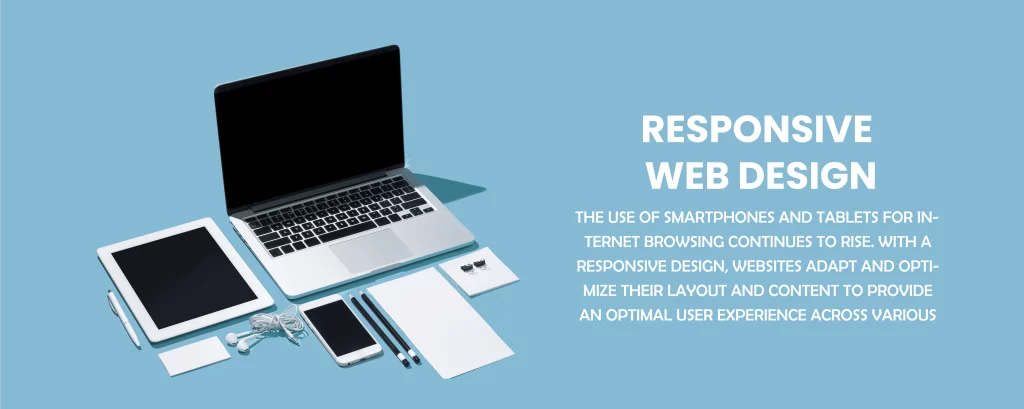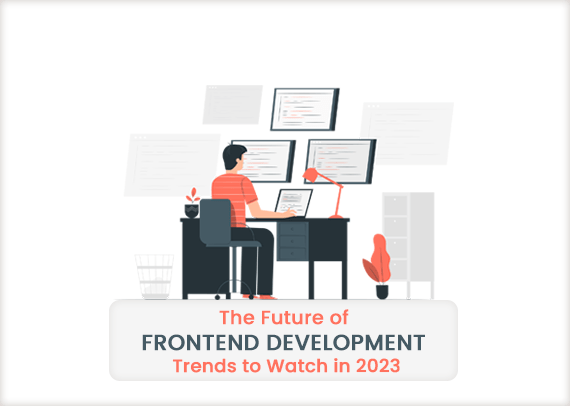- August 21, 2023
- by infonits22
- Experience Sharing
WebAssembly was gaining traction as a technology that allows running code written in programming languages other than JavaScript at near-native speed. In 2023, it was expected that more applications would leverage WebAssembly to enhance performance and support complex functionalities without solely relying on JavaScript.

Progressive Web Apps were anticipated to become more commonplace in 2023. These apps provide a seamless experience across various devices and platforms, combining the best of web and mobile applications. As PWAs continue to mature, more businesses were likely to adopt them for their versatility and ability to work offline.
Just as microservices revolutionized backend architecture, micro frontends were expected to gain attention in 2023. This approach involves breaking down the front-end monolith into smaller, independently deployable units. This allows for easier maintenance, scalability, and team collaboration.

JAMstack (JavaScript, APIs, and Markup) was projected to remain popular in 2023 due to its emphasis on performance and security. Additionally, headless content management systems (CMS) were expected to see continued adoption, enabling developers to decouple the front end from the backend and access content through APIs.
Web Components, a set of web platform APIs that allow you to create custom, reusable UI components, were anticipated to see more adoption. They offer encapsulation and reusability, enabling developers to build modular and maintainable front-end code.
With the widespread use of social media, content sharing and engagement play a vital role in online success. Responsive web design facilitates easy sharing and improves the user experience when accessing shared content on different devices. When users encounter a website that doesn’t display well on their device, they are less likely to engage or share it, resulting in missed opportunities for exposure and growth.
As the variety of devices and screen sizes continued to expand, responsive and adaptive design principles were projected to remain critical. Front-end developers were likely to focus on creating user interfaces that provide optimal experiences across all devices.
Accessibility Focus:
Accessibility was expected to become an even greater priority in 2023. Developers were anticipated to adopt best practices to ensure that web applications are usable by people with disabilities, which not only benefits users but also aligns with legal and ethical considerations.
Real-Time Web Applications:
With the rise of real-time communication technologies like WebSockets and GraphQL subscriptions, real-time web applications were expected to become more prevalent. These applications allow for instantaneous updates and interactions, enhancing user engagement.
Low-Code and No-Code Tools:
The trend of low-code and no-code development platforms might have influenced the front-end landscape as well. While these tools may not replace traditional development entirely, they could empower non-developers to create basic front-end interfaces, freeing up developers for more complex tasks.





